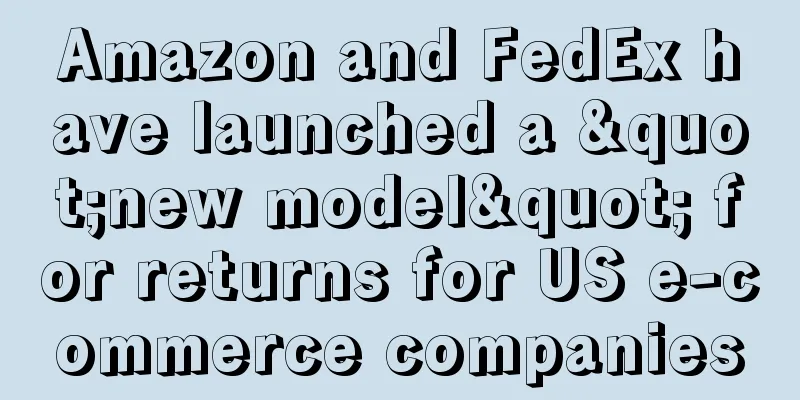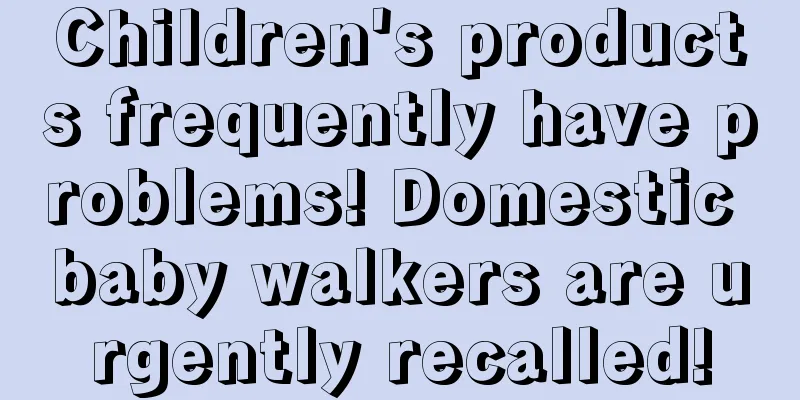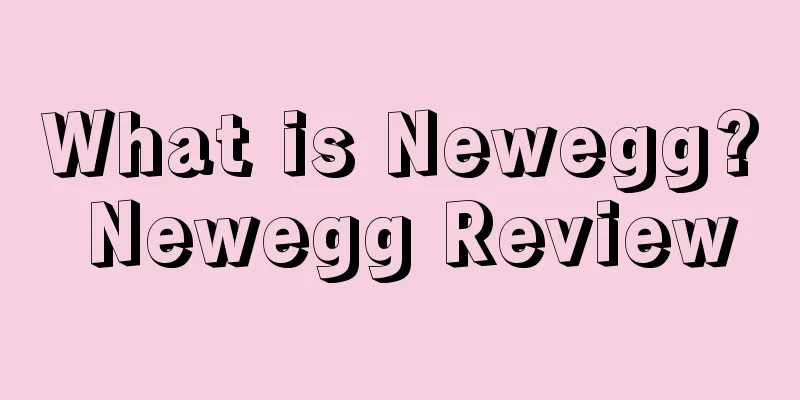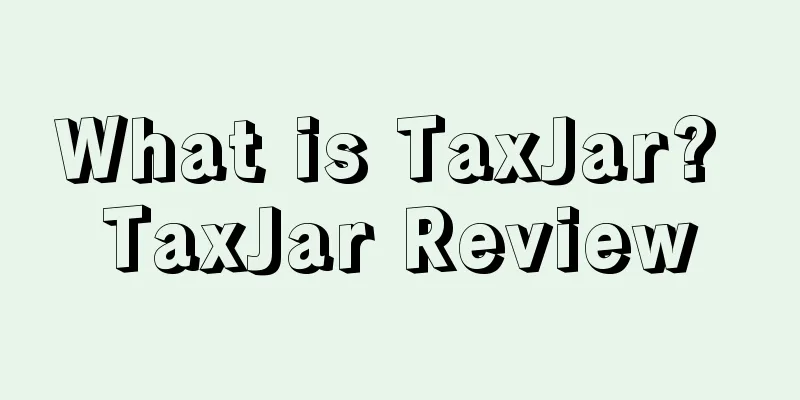Amazon and FedEx have launched a "new model" for returns for US e-commerce companies

|
It is learned that on December 13, FedEx announced that it will launch a "no box, no label" return service in 2023, which means that consumers do not need to pack and print labels, but only need to hand over the returned goods to FedEx. Previously, Amazon and UPS also launched similar services for returns of some products.
Starting next year, retailers will be able to work with FedEx to offer this return model to consumers. Consumers no longer need to pack and label the return items, but only need to show FedEx the QR code provided by the seller to return the items.
FedEx is the latest U.S. logistics provider to launch a "no box, no label" return service. Previously, UPS provided this service for some eligible items. Amazon was the first logistics service provider to launch this model. Amazon also allows consumers to return unpackaged items at Whole Foods, Kohl's stores and some Staples stores.
Tony Sciarrotta, president of the Reverse Logistics Association, said the return service is becoming an important competitive factor for e-commerce sellers. Printing labels is becoming increasingly inconvenient for consumers because fewer and fewer people have printers. The new model will make returns simpler. FedEx launched a similar service in 2020 in partnership with returns startup Happy Returns, but according to the company, today’s announcement is its first standalone product and an expansion of the program.
Dropping the label and box requirement does require some changes from logistics companies and retailers, but it could also provide new returns efficiencies. Unpackaged returns would be sent to a dedicated returns warehouse for processing, which could shorten returns time.
FedEx's announcement shows that this merger strategy makes returns cheaper for retailers and is becoming the industry's return service standard. But this model also has limitations. The more convenient the return, the higher the return rate may be, and the greater the possibility of fraudulent returns. Editor✎ Ashley/ Disclaimer: This article is copyrighted and may not be reproduced without permission. |
>>: 2023 Overseas Guide: US Market Trends and Marketing Focus
Recommend
Newegg and TikTok join forces to open up the live streaming sales channel!
It is learned that according to foreign media repo...
71% of American Black Friday consumers visit Amazon! Walmart is under great pressure!
According to PYMNTS data, 13% more holiday shopper...
What are long-tail keywords? Long-tail keyword evaluation
Keywords on the website that are not target keywor...
Bed Bath & Beyond announces store closures and layoffs to save from financial crisis
<span data-docs-delta="[[20,"获悉,距离Bed Bath...
Amazon was ordered to lift the store closure! Are a large number of sellers' stores saved?
Recently, a piece of news has been going viral on...
Unexpected blue ocean? Amazon always has opportunities
Recently, Amazon announced an unexpected news, be...
What is Haibang International Logistics? Haibang International Logistics Review
"Haibang International Logistics" is the...
Mother's Day may cost $31.7 billion! What gifts do Americans like to give this year?
<span data-shimo-docs="[[20,"获悉,根据美国零售联合会和...
What is Tongzehui Cross-border? Tongzehui Cross-border Review
Tongzehui Cross-border (Shenzhen Tongzehui E-comme...
What is HTS coding? HTS coding review
HTS is the abbreviation of Harmonized Tariff Sched...
What is IronSource? IronSource Review
IronSource is a digital advertising company backed...
What is Indian ISI? Indian ISI Review
ISI stands for Indian Standards Institution. The I...
Amazon launches full hosting? NO! It’s “full” hosting!
Amazon's new move is here again! There have be...
TikTok will never be banned
text According to CCTV News, the US election has f...
What is Google Pay? Google Pay Review
Google Pay is a new payment platform released by G...









